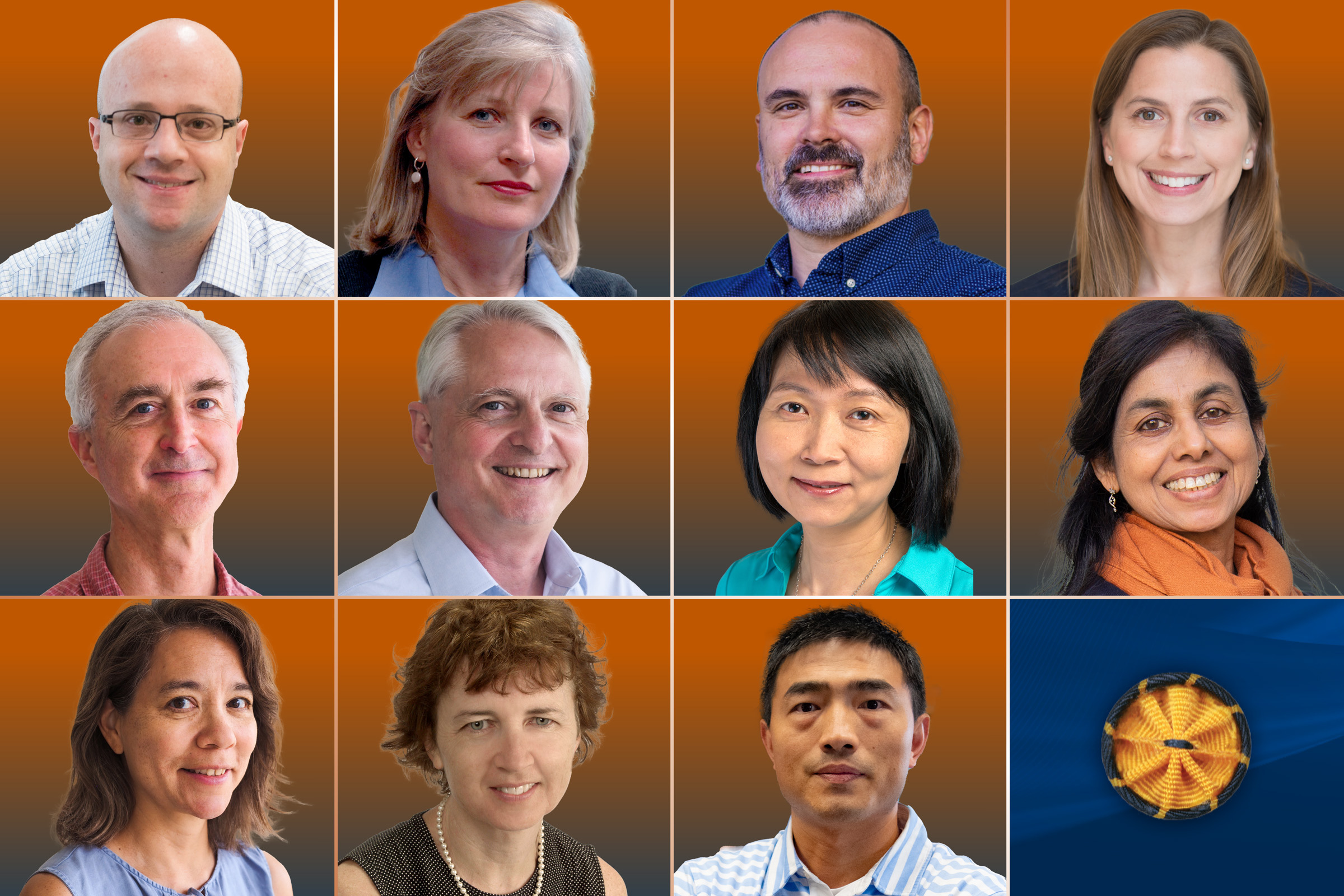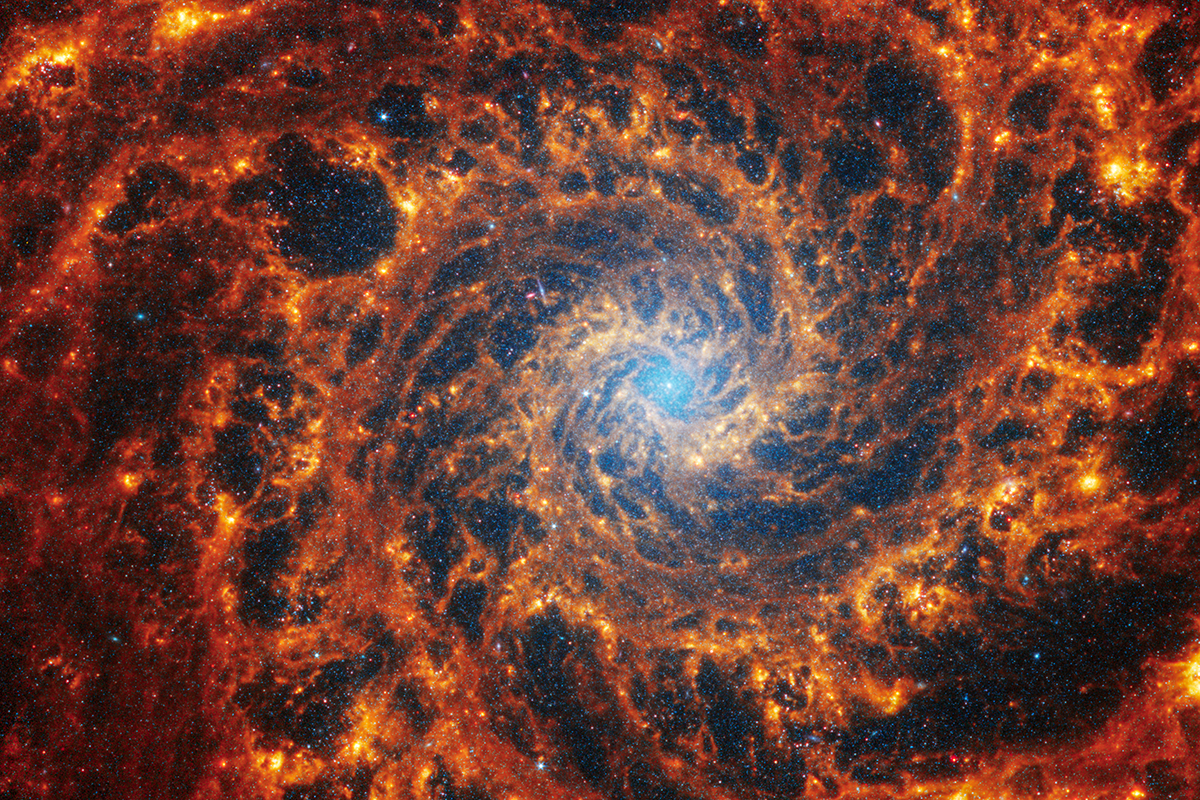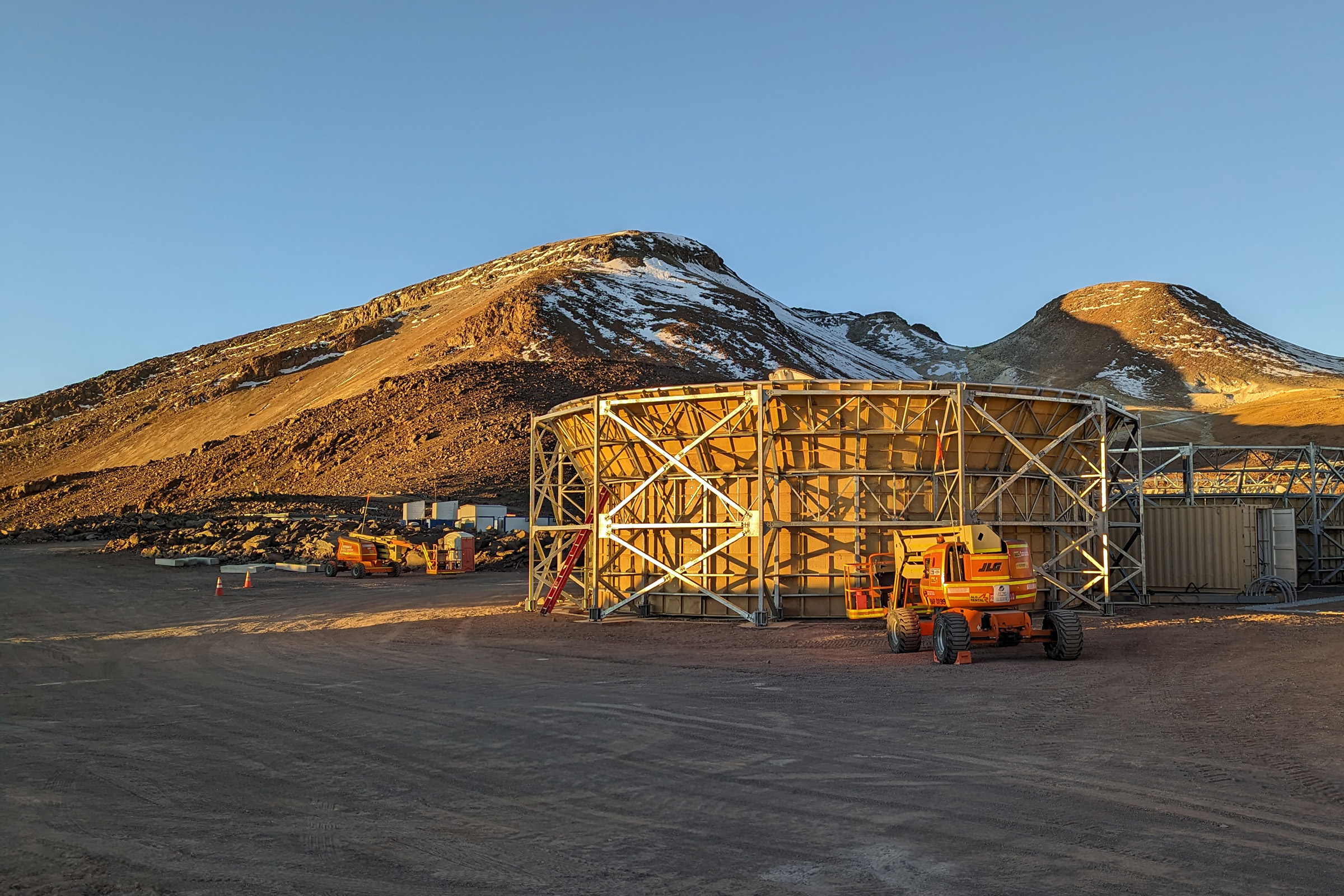First Confirmed Detection of Neutron Stars Crashing into Black Holes
UT Austin scientists were involved in detecting two events, occurring 10 days apart in January 2020, in which black holes and neutron stars collided.
For the first time, researchers have confirmed the detection of a collision between a black hole and a neutron star.
The team, consisting of groups from the U.S., Europe and Japan, including scientists from The University of Texas at Austin, detected not one but two such events occurring just 10 days apart in January 2020. The extreme events made splashes in space that sent gravitational waves rippling across at least 900 million light-years to reach Earth. In each case, the neutron star was likely swallowed whole by its black hole partner.
"I find it really exciting to see gravitational waves from an astrophysical source not seen before," said Deborah Ferguson, a postdoctoral researcher in the numerical relativity group led by professors Deirdre Shoemaker and Pablo Laguna at UT Austin, one of the groups leading the development of simulations of mergers of black holes and/or neutron stars.
Gravitational waves are disturbances in the curvature of space-time created by massive objects in motion. During the five years since the waves were first measured, a finding that led to the 2017 Nobel Prize in Physics, researchers have identified more than 50 gravitational-wave signals from the merging of pairs of black holes and of pairs of neutron stars. Both black holes and neutron stars are the corpses of massive stars, with black holes being even more massive than neutron stars.
Now, in a new study published in The Astrophysical Journal Letters, scientists have announced the detection of gravitational waves from two rare events, each involving the collision of a black hole and a neutron star. The gravitational waves were detected by the National Science Foundation's (NSF's) Laser Interferometer Gravitational-Wave Observatory (LIGO) in the U.S. and by the Virgo detector in Italy. The team also includes a group based in Japan operating the Kamioka Gravitational Wave Detector (KAGRA), which was not yet online when these observations were made.
Previous gravitational wave observations were from collisions of either two black holes or two neutron stars.
"Previous observations have detected simultaneous gravitational and electromagnetic waves from the collision of two neutron stars," said Laguna, professor and chair of the Department of Physics at UT Austin. "One of the reasons we are all very excited is because of the possibility that future observations of neutron stars crashing into black holes could also be simultaneously observed electromagnetically."
Members of the LIGO Scientific Collaboration from UT Austin are: Maria Bustamante, Zach Dillard, Deborah Ferguson, Richard George, Miguel Gracia-Linares, Pablo Laguna, Jacob Lange, Alex Leviyev, Erick Martinez, Ryan Nowicki, Deirdre Shoemaker and Aaron Zimmerman.
The UT Austin scientists run computer simulations of black hole and neutron star collisions at UT Austin's Texas Advanced Computing Center. The simulations produce representations of the gravitational wave signals that can be used to identify the particular characteristics of a binary system. In this case, the simulations were carried out by graduate student Bhavesh Khamesra and postdoctoral researcher Miguel Gracia-Linares. Members of the UT Austin group also perform "parameter estimation," which involves using the detected signals to measure the properties of the binaries that produced the gravitational waves.
Previously, the LIGO-Virgo network found two other candidate neutron star-black hole mergers. One event called GW190814, detected August 14, 2019, involved a collision of a 23-solar-mass black hole with an object of about 2.6 solar masses, which could be either the heaviest known neutron star or the lightest known black hole. Another candidate event, called GW190426, and detected on April 26, 2019, was thought to possibly be a neutron star-black hole merger, but could also simply be the result of detector noise.
Having confidently observed two examples of gravitational waves from black holes merging with neutron stars, researchers now estimate that, within one billion light-years of Earth, roughly one such merger happens per month.
"The detector groups at LIGO, Virgo and [Japan's] KAGRA are improving their detectors in preparation for the next observing run scheduled to begin in summer 2022," said Patrick Brady, a professor at University of Wisconsin-Milwaukee and spokesperson of the LIGO Scientific Collaboration. "With the improved sensitivity, we hope to detect merger waves up to once per day and to better measure the properties of black holes and super-dense matter that makes up neutron stars."
This material is based upon work supported by NSF's LIGO Laboratory, which is a major facility funded by the NSF.



